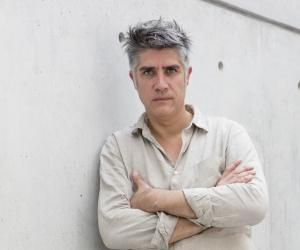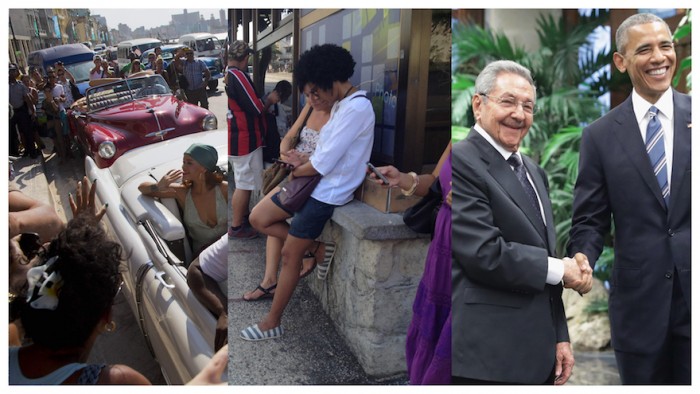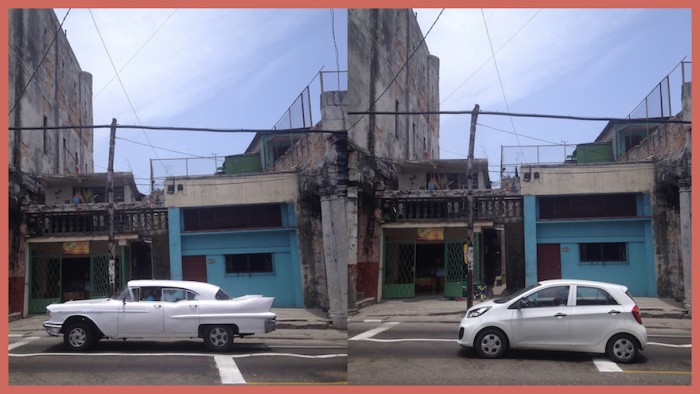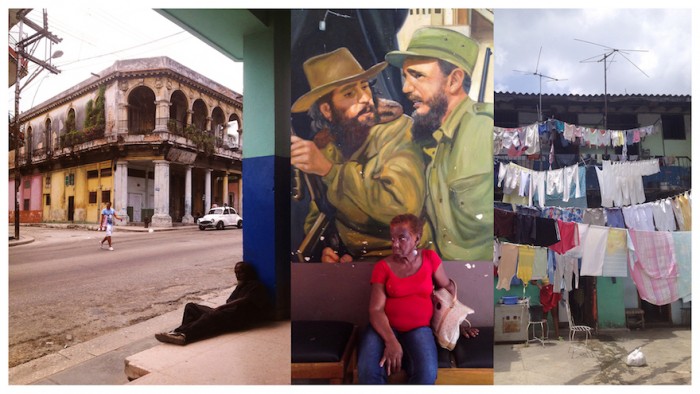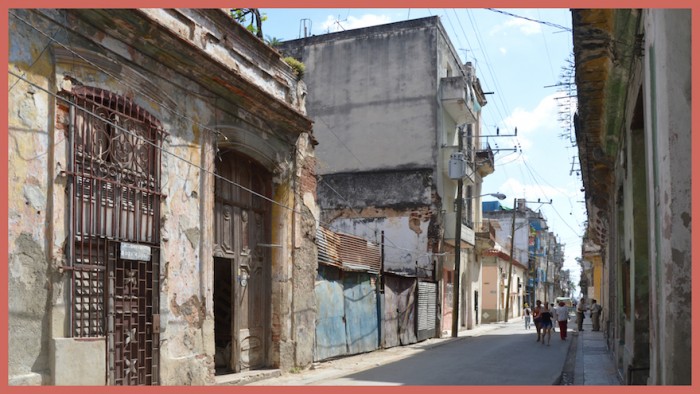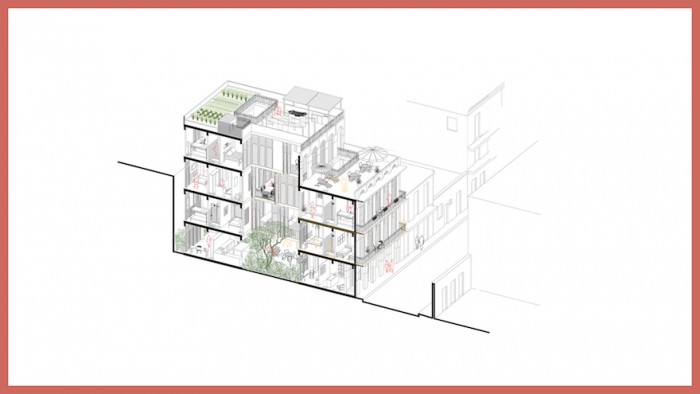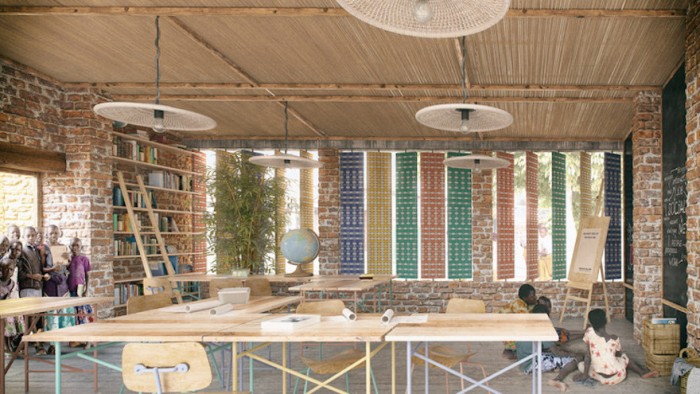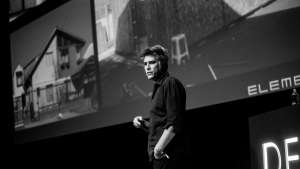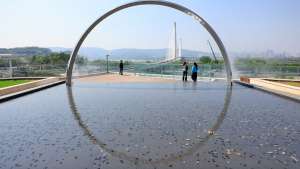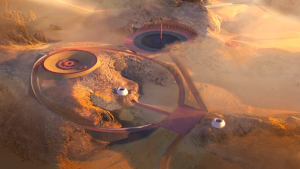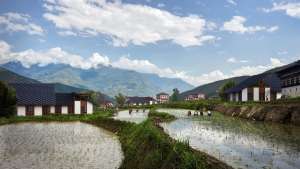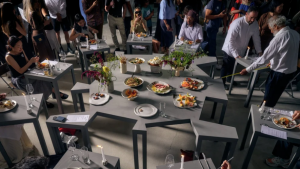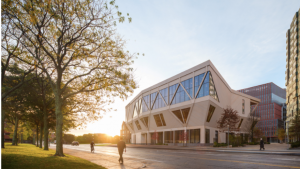Cuba has been going through some changes over the past couple of years, including the opening of the American embassy. The latter was especially significant because America had severed ties to the country in 1961 following the Cuban Revolution of the 1950s.
Since former US president Barack Obama restored full diplomatic connections in 2015, there has been renewed interest in the socialist country especially from American tourists who now visit the country in droves. Like most countries around the world, Cuba is modernising, but the country also has a housing shortage. One in three residents are currently awaiting housing even though housing is considered a right in Cuba.
But while this housing shortage, which has not been addressed for decades continues, there has also been a spike in tourism. For example, in 2016, hotels in Havana Vieja doubled their prices in the space of one year. Havana Vieja is the oldest and second densest housing district in Cuba, which is increasingly under pressure from gentrification. For young architect Iwo Borkowicz this presents an opportunity.
A graduate at Ku Leuven in Belgium, Borkowicz spent time in Cuba trying to figure out a way to use architecture to find a workable solution for both residents and tourists. He saw that nearly half the buildings in Havana Vieja were under threat from collapse, if they have not collapsed already, and some people live in the ruins because they cannot afford to live anywhere else.
"But the biggest problem and probably the biggest threat to the original character of this district is the touristic pressure. It leads to rapid gentrification of the area and that naturally leads to increased polarisation in the society that will soon drive the original inhabitants of Havana Vieja to the outskirts of the city," says Borkowicz who spoke at antenna, a global scan for 20 of the world's top design graduates which was organised by Design Indaba in collaboration with Dutch Design Week last year.
Instead of building more hotels in response to the tourism boom, Borkowicz developed A Symbiotic Relation of Cooperative Social Housing and Dispersed Tourism in Havana Vieja. Although residents are not necessarily homeless, some are pushed into living in unhealthy living conditions and densities because they cannot afford to upgrade their homes.
His proposal includes a series of prototypes for social houses in Havana Vieja that accomodate both residents and tourists. For Borkowicz the social housing projects would consist of houses for locals that have hotel units weaved into them to help pay off the loans for the construction of the building itself. This way the residents take care of the guests while simultaneously making a living.
The idea of social housing is built on models that already exist within the Cuban society like cooperatives, the new self-employed sector of the economy (about seven years ago was the first time you could become self-employed in Cuba), and the current political reality where everyone is supposed to get a little rather than one group getting a lot.
Borkowicz was also in Cape Town as one of Design Indaba 2018 Global Graduates where got to meet some of the people he most looks up to when it comes to architecture.
"The hands-on dedication with which Alejandro Aravena is addressing such difficult, extremely important and often very unpopular problems is just outstanding. Democratic, cooperative design process, built on face to face, often heated but extremely honest and respectful conversations with communities facing great difficulties that him and his team are working within is special. It is the best way of helping in these kind of conditions I have seen, heard or read about so far. I aspire with my work to follow his lead in this matter."
He adds: "I also got to met Deborah and Anton, founders of Ensamble Studio. An outstanding practice whose spectrum of architectural expression and experiment based work is just intimidating. Being able to produce so many diverse interventions is simply exceptional. One may love or hate any one of their designs but no one can be indifferent towards the absurd richness and multiformity of their work."
Borkowicz says he has an upcoming project in Tanzania where he will be involved in building a school in a project initiated by the WayAir Foundation. "It's a group of passionate educators that believe in democratic, art based education. Since 1990, they are developing a unique teaching program rooted in theatre, trust, fun and cooperation between teachers, students and their parents."
The area where the school will be built is called Ulyankulu in Tanzania. The school is to be built to accommodate the social activities for both during and after school hours.
"The design is focusing on local identity, passive cooling methods (to address a common problem in the area of overheating of classrooms), rainwater harvesting and creation of interesting, high quality, playful, shaded public spaces around classrooms for both students and all other inhabitants of Ulyankulu to gather in, talk, play and enjoy. All this will be constructed with a use of local materials and with help of local craftsmen."
The project will start in July.
Watch Iwo's #antenna2017 talk below:
Iwo Borkowicz wants to combine social housing and tourism in Havana
Havana, the historic core of Cuba, is experiencing two things: a housing crisis and a tourism boom. Iwo Borkowicz, a graduate at Ku Leuven in Belgium, says merging these two realities could provide a solution. Read the article: https://inda.ba/2AwlFI1 Design Indaba is an online publication with an annual Festival and social impact, Do Tank.


